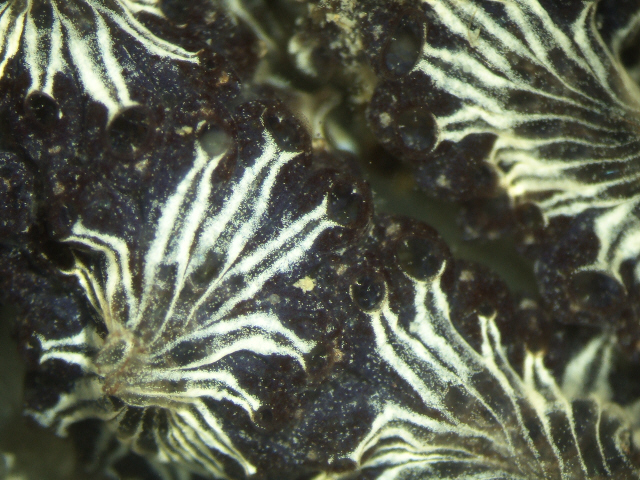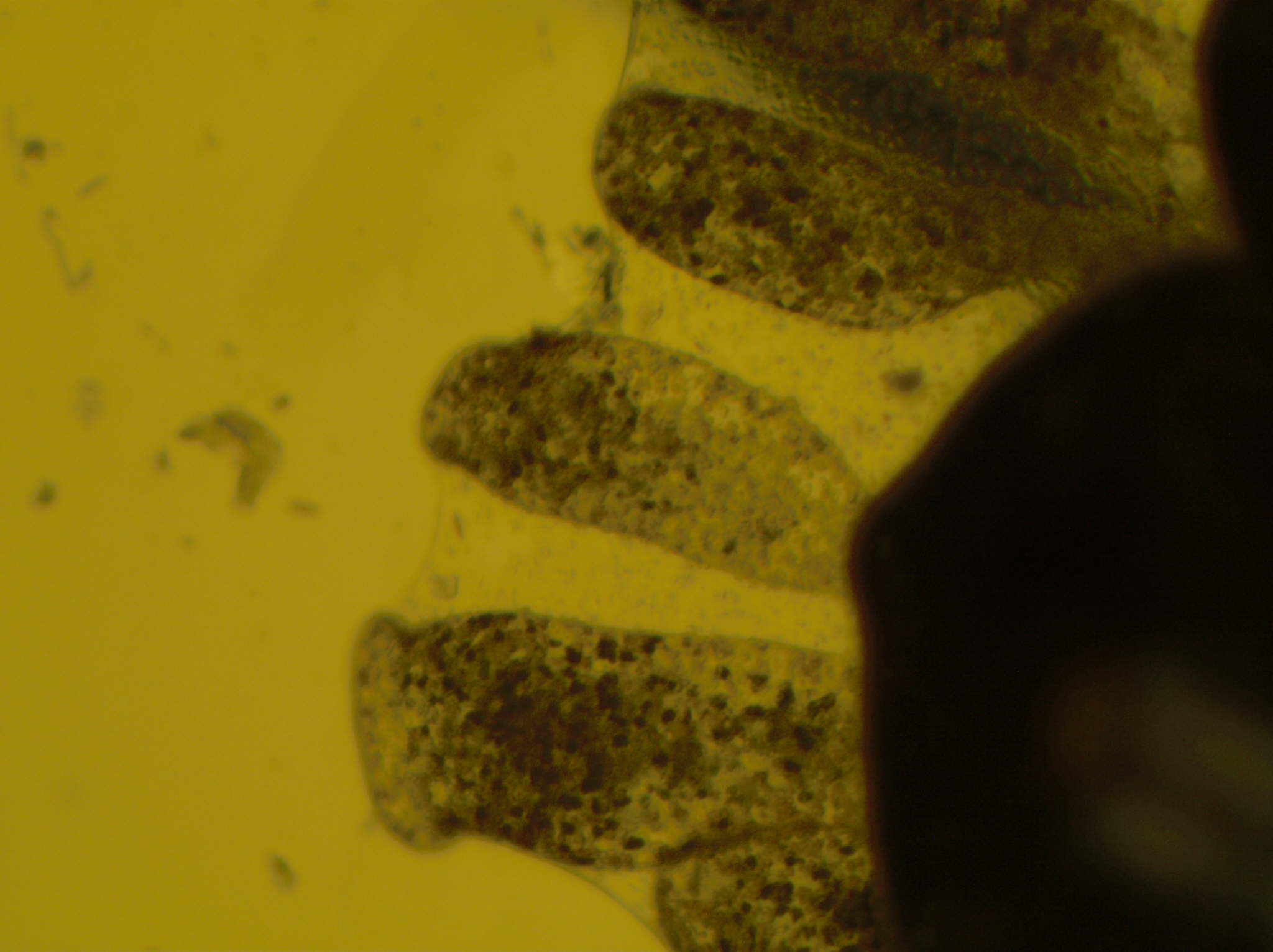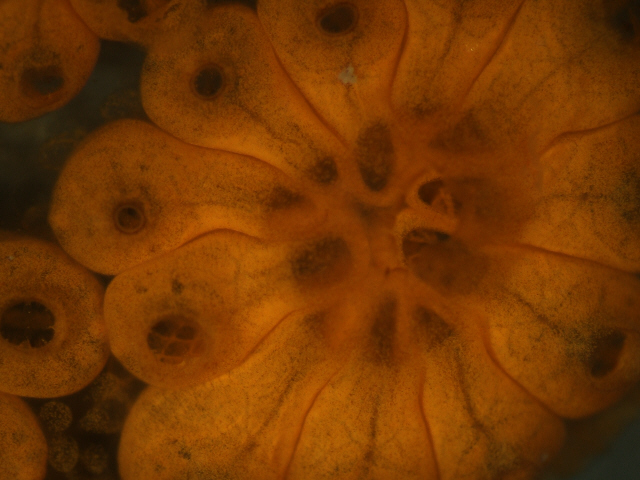Israel Oceanographic and Limnological Research
Chordates
| Class | Ascidians |
| Species | Botryllus schlosseri |
| Metabolite | Botryllin |
| Bio-activity | Antimicrobial peptide |
Why Chordates?
The chordate group of tunicates, show promise for making continuous cell lines to produce valuable compounds as well as for supporting translational research on aging, regeneration, stem cells research and more. Although research on their cell cultures has been limited, studies on tunicate blood and epithelial cells hint at their potential for making valuable products and supporting new understanding of biological phenomena. For example, some tunicates can naturally regenerate the whole body quickly, but current lab conditions don't allow this. This suggests there's more to explore and improve in how we grow these cells in the lab.
What can they be used for?
Ascidians, also known as sea squirts, are fascinating creatures found in oceans worldwide, from shallow waters to deep-sea environments. With nearly 3000 different species, they come in various shapes and sizes. What makes them so interesting is their ability to produce a wide range of natural products that could be important for medical purposes. Ascidians evolve quickly and adapt to different conditions, which helps them create unique compounds. In fact, some of the first marine-derived compounds tested as cancer treatments come from ascidians. This shows they could be a valuable source of new medicines for fighting tumours.



